 | ||
Perfect for pollinators Clustered Bellflower -campanula glomerata– grows best in light dry grassland and is well suited to chalk and limestone soils. It should only be grown on sites where there is plenty of sunlight, and in gardens, can be included in a sunny flower border or rock garden. This is a low growing species with intense blue flowers that are extremely beautiful, and also very attractive to passing bees and butterflies between June to August. Clustered Bellflower looks best growing with other chalk and limestone plants that flower in early to mid summer such as Oxeye daisies, Greater Knapweed, Meadow Cranesbills and Small Scabious. How to grow Clustered Bellflower Seeds Clustered Bellflower seeds should be sown in autumn, in seed trays and covered very lightly with compost. Trays should be covered in glass to retain moisture and left outside over winter for germination the following spring. Once germinated, the seedlings can be pricked out and grown on, for planting out later in the year. RHS Perfect for Pollinators. The RHS Perfect for Pollinators mark is only given to plants that support pollinating insects in gardens. Bees, butterflies, moths, hoverflies and many others visit flowers to feed on nectar and pollen; while doing so they transfer pollen and increase seed set and fruit development. Find out more at: rhs.org.uk/plants To discover more plants for Bees, simply enter the word "pollinators" into the search box above. To order Clustered Bellflower seeds To purchase Clustered Bellflower seeds please select a quantity above and click add to cart. To ensure the best chance of success, we sell all of our wildflower seeds by weight, which ensures each wildflower seed packet contains a good quantity of seeds. The recommended sowing rate is 1 gram per square metre, and the number of Clustered Bellflower seeds per gram is approx. 5500. All of our Wildflower seed packets contain seeds of Native British provenance. Summary type - perennial, colour - Blue, height - 50 to 75cms, flowering months- June to October habitat - Chalk and Limestone Grassland, Attracts Bees and other insects | ||
Printed 06/07/2025 05:20:28
st17_1 type perennial colour blue height 50 to 75cms flowers june to october habitat chalk and limestone grassland rhs perfect for pollinators pollinating insects bees butterflies moths hoverflies
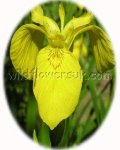

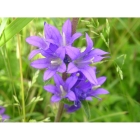
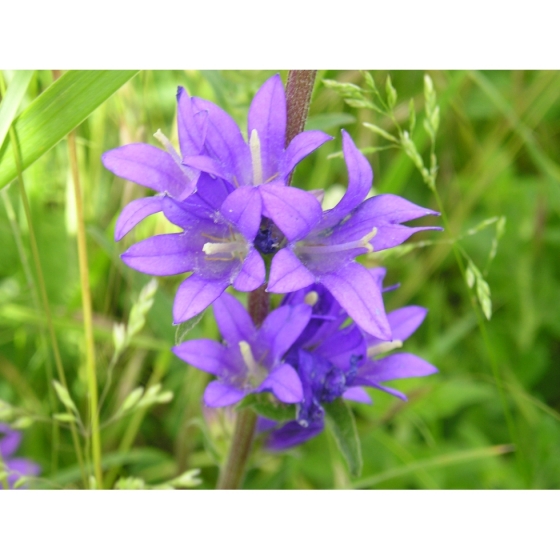
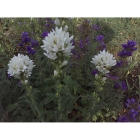
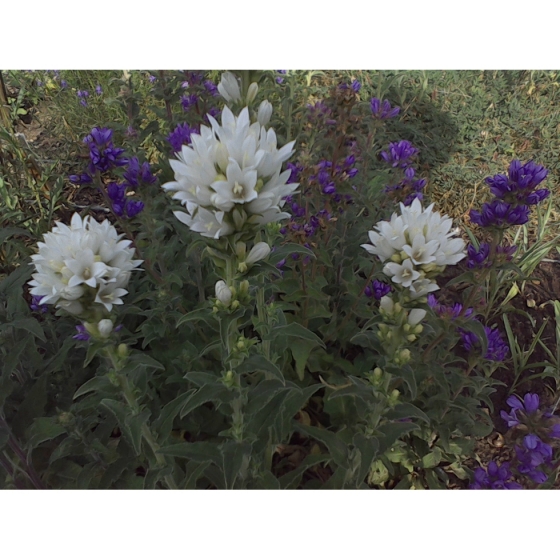

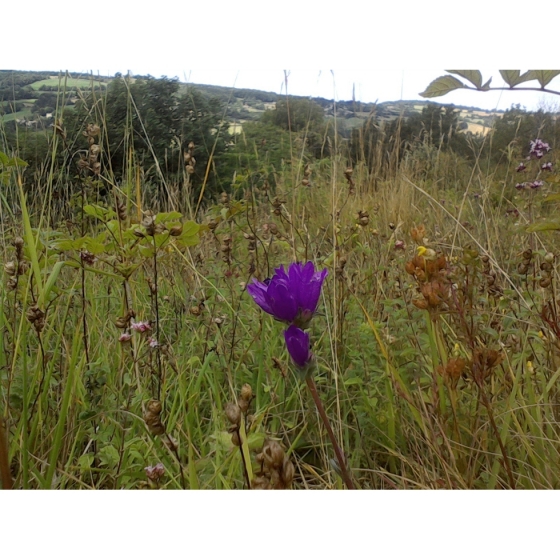



 added to basket
added to basket